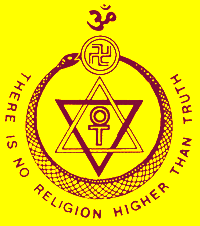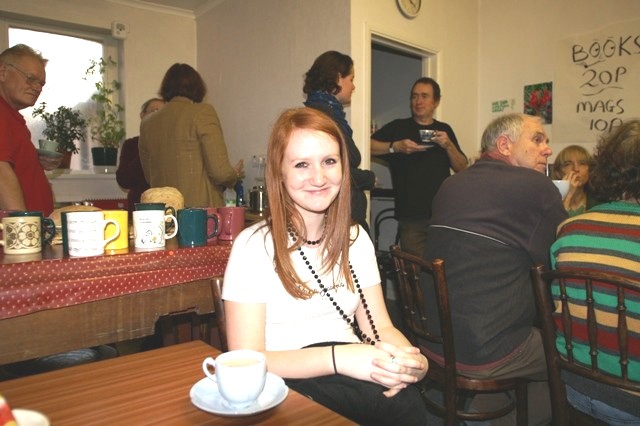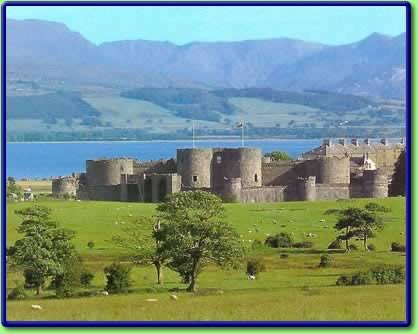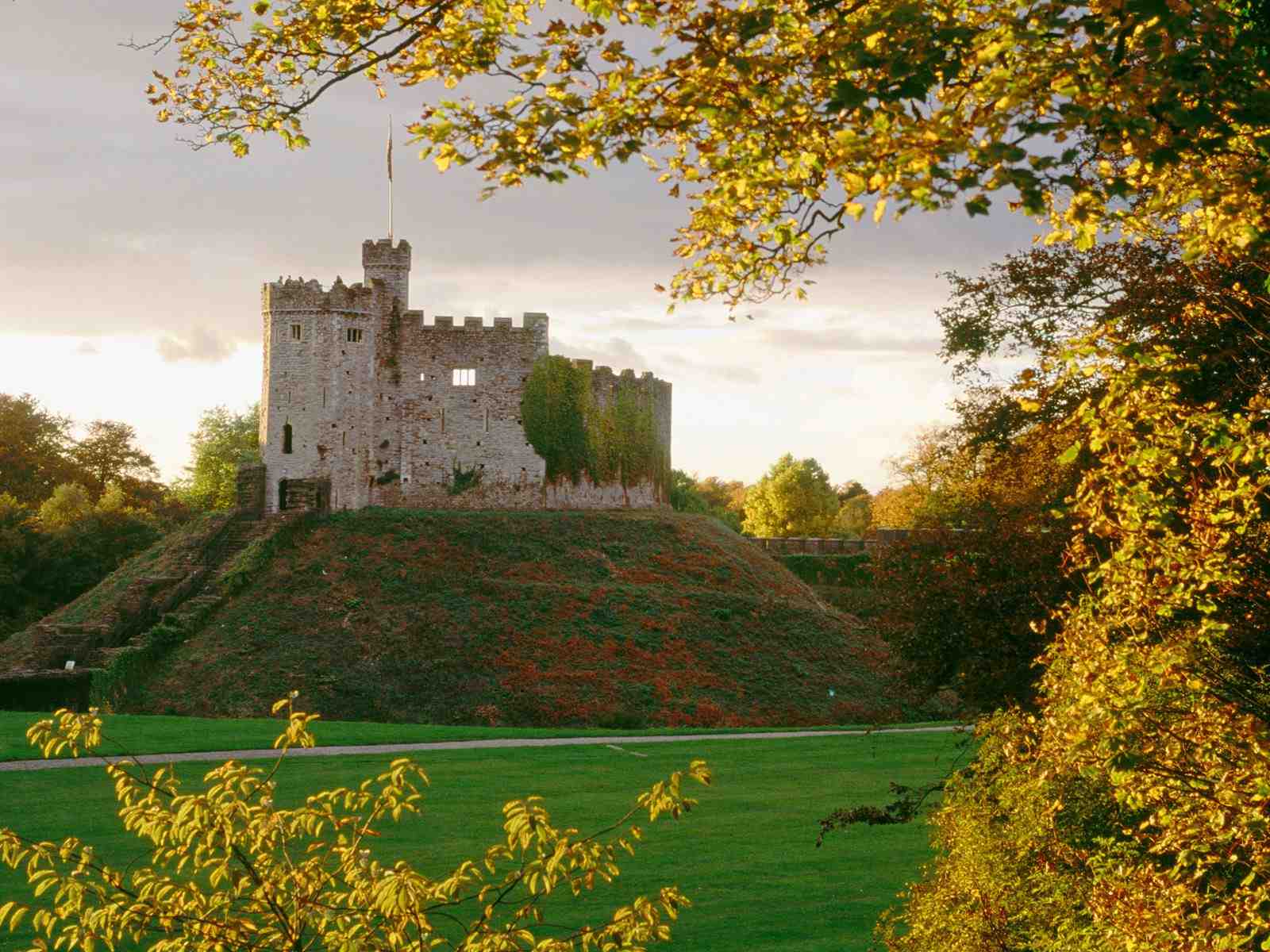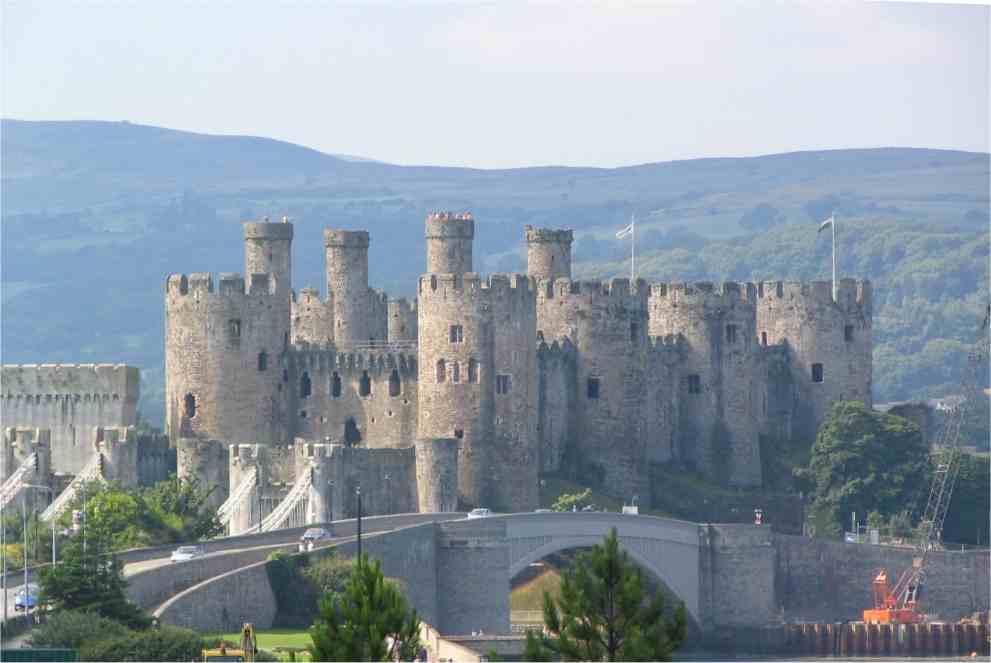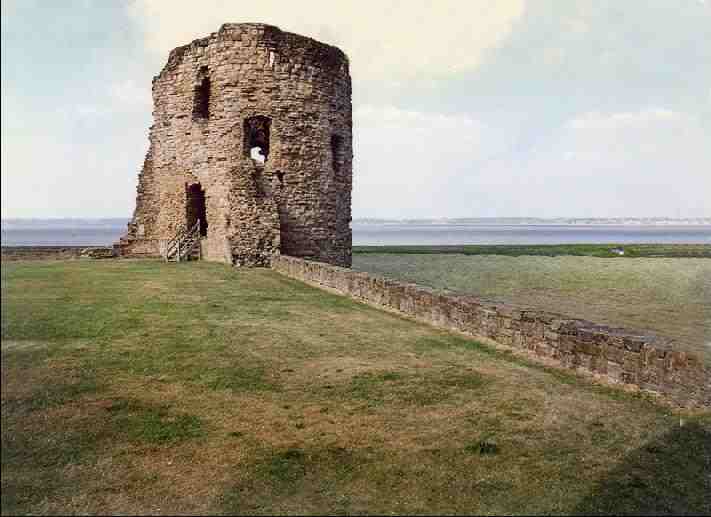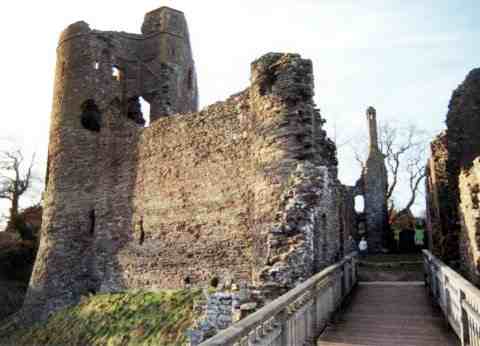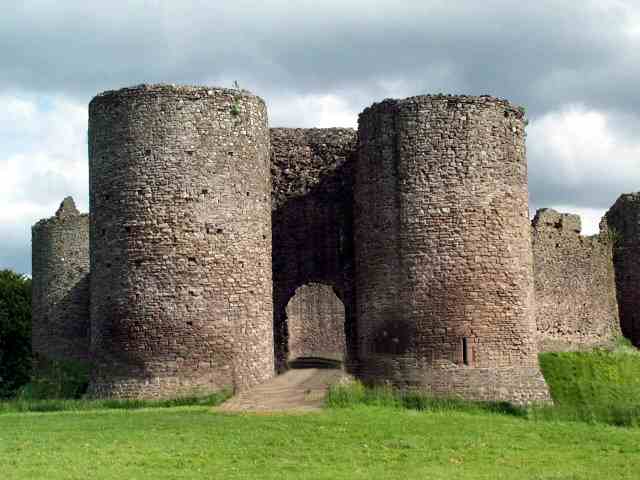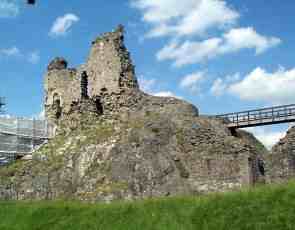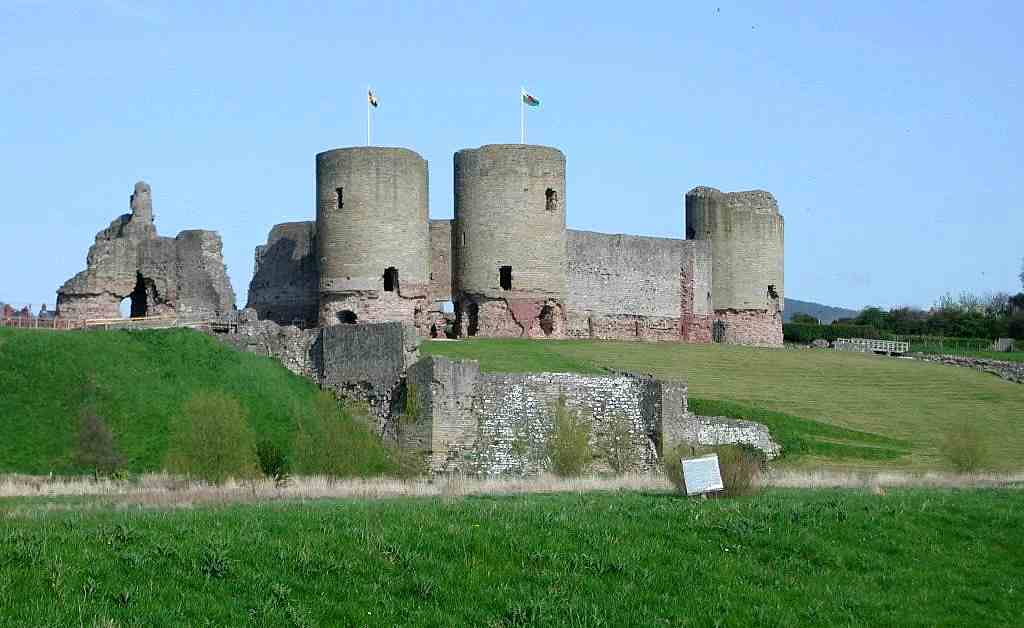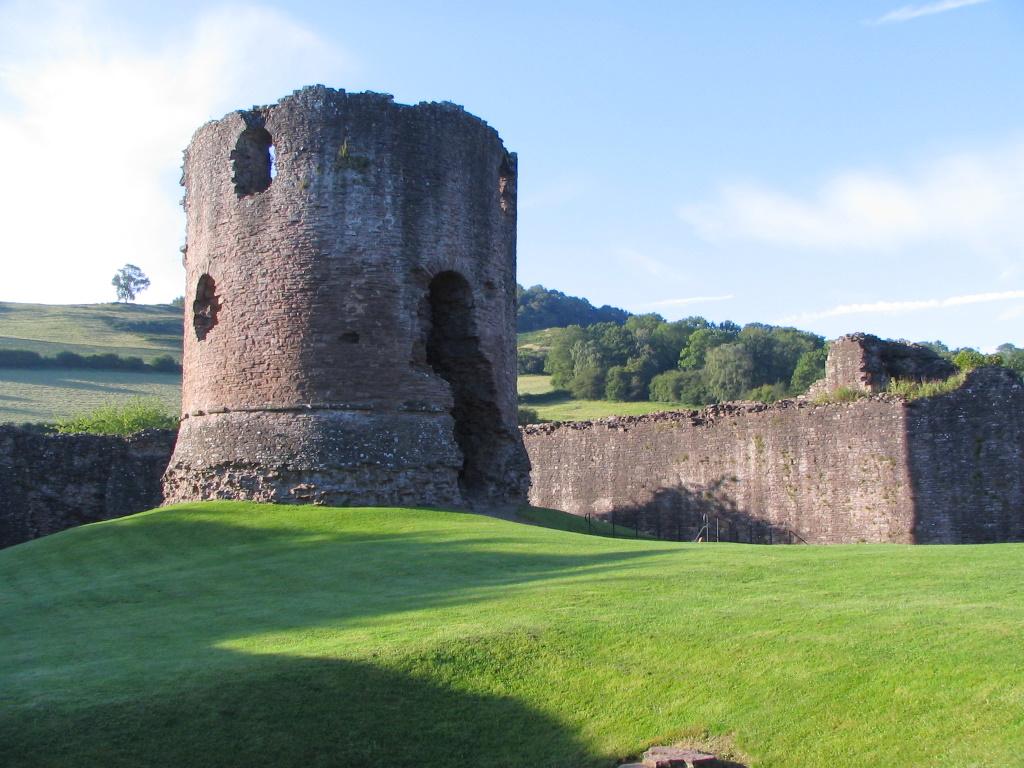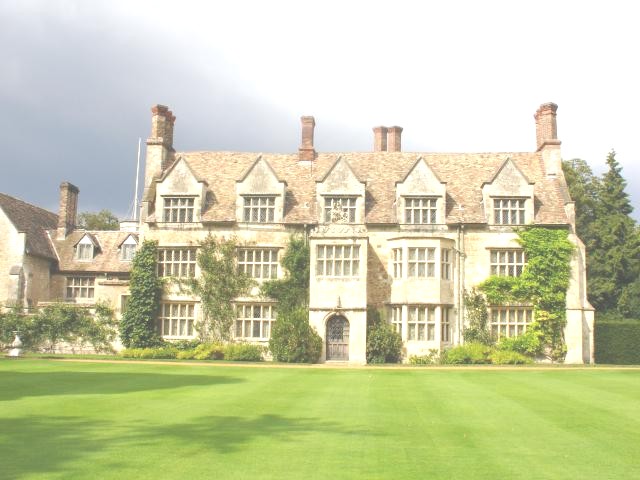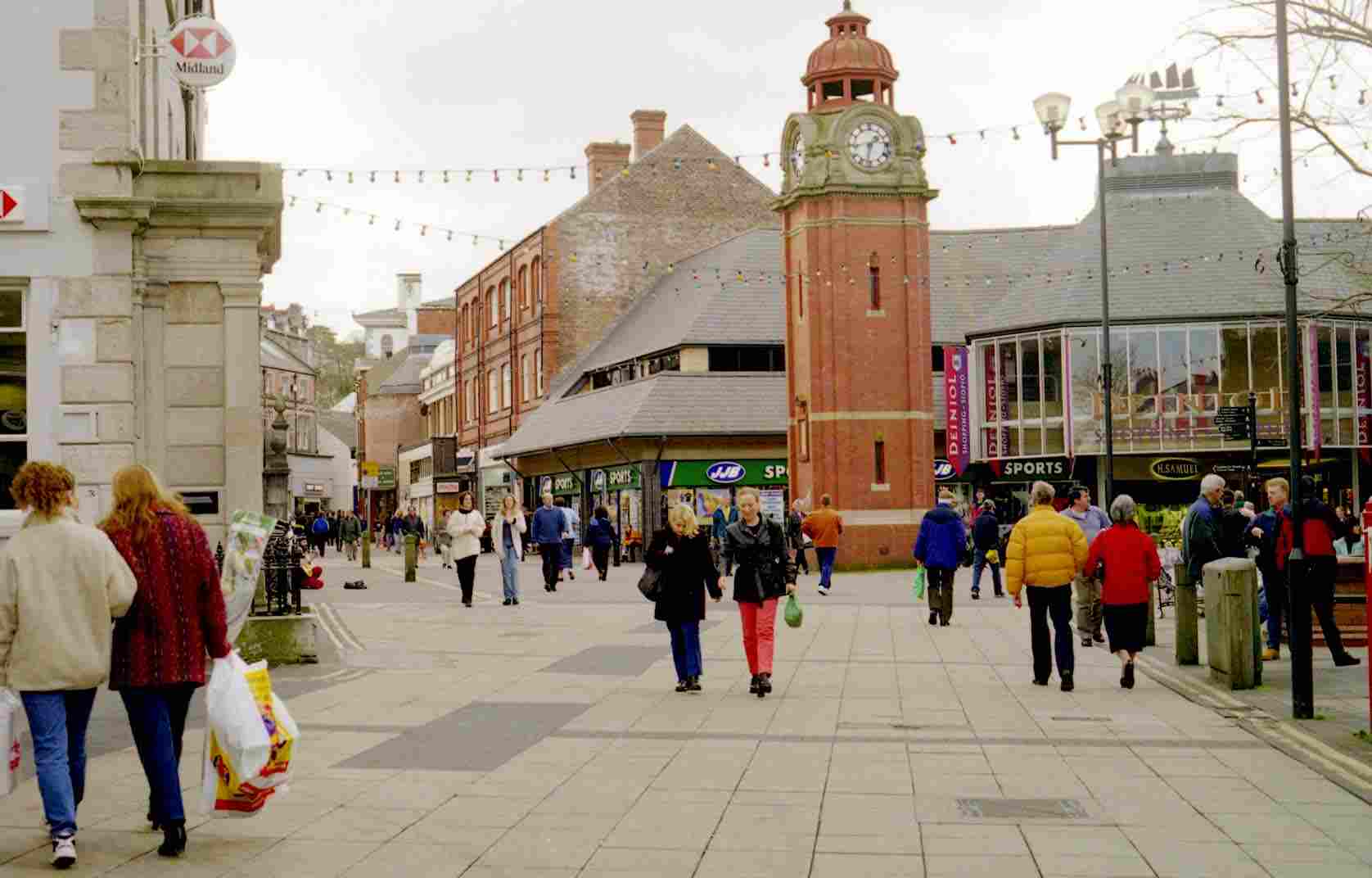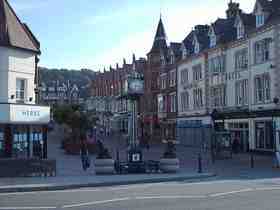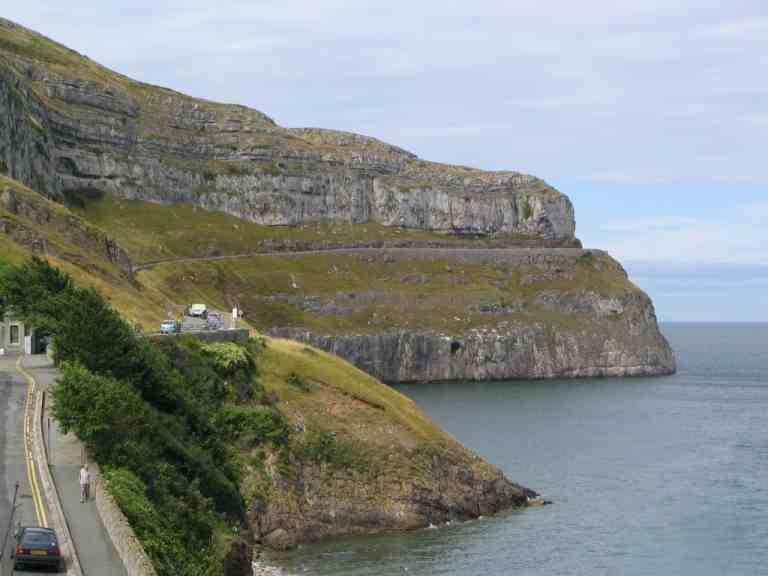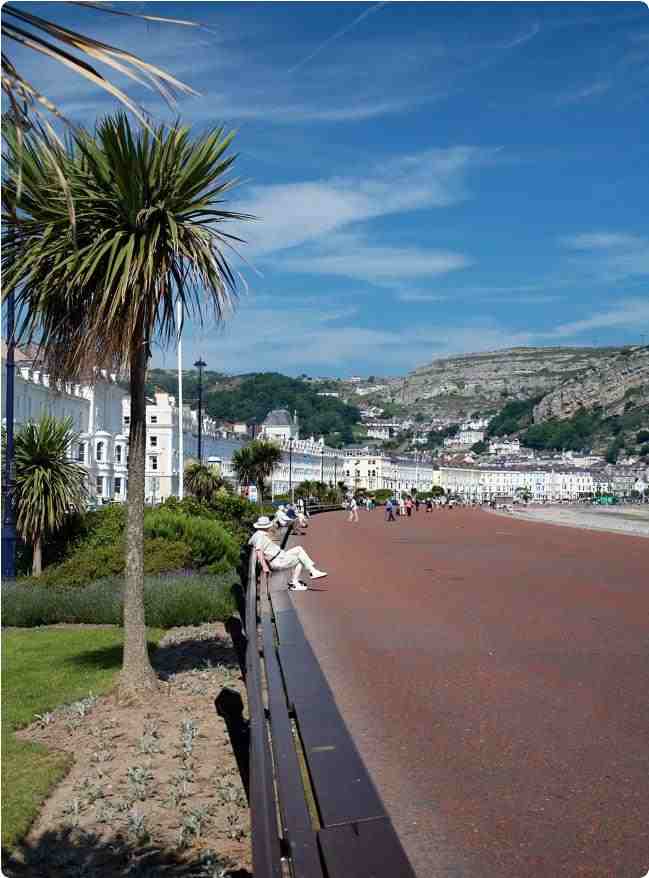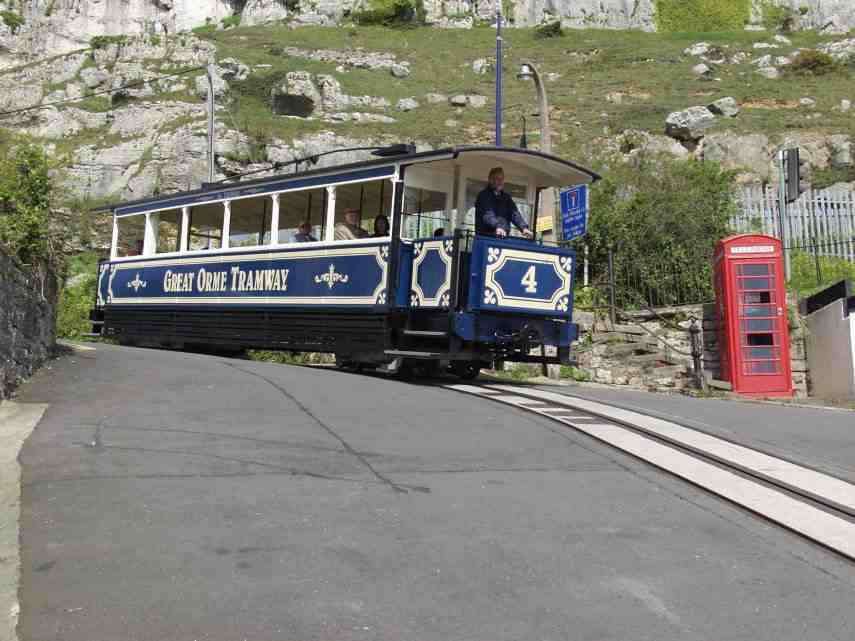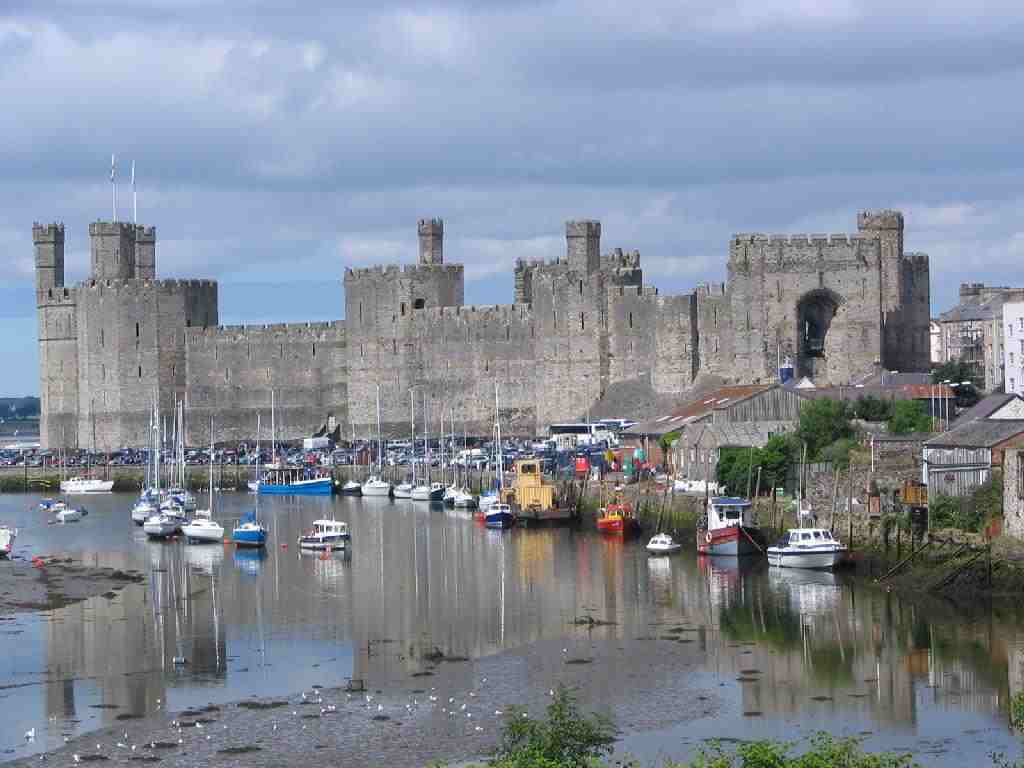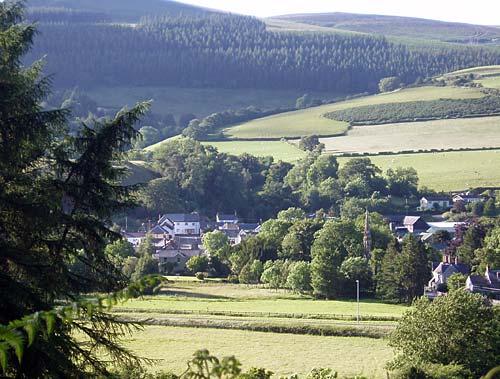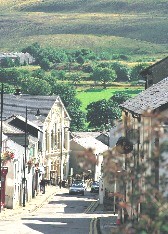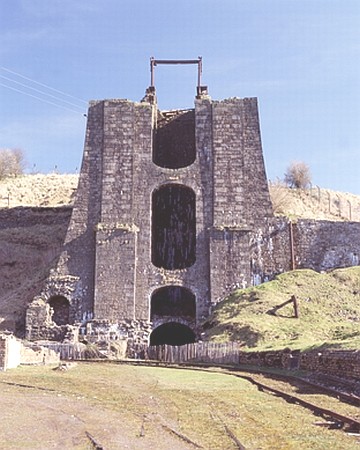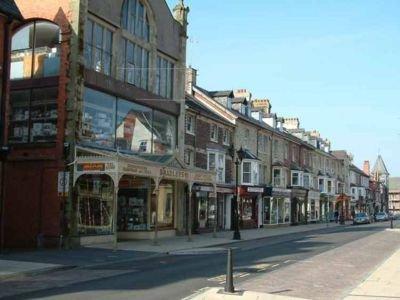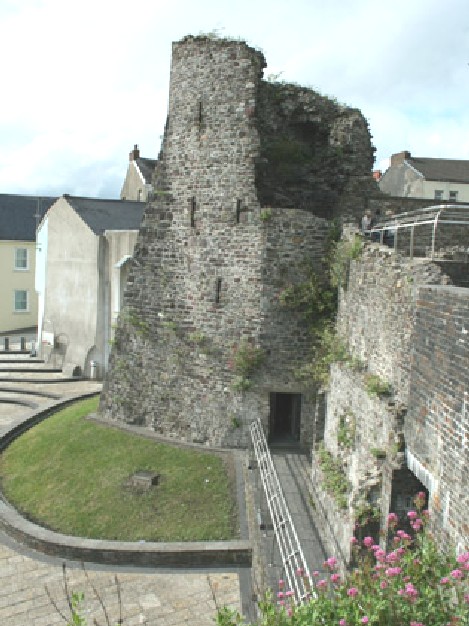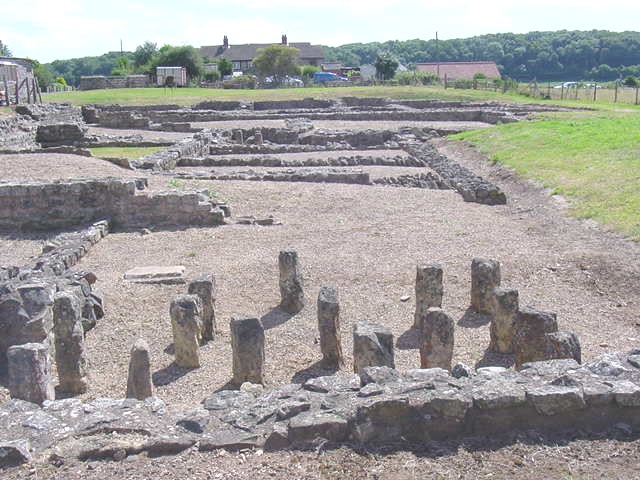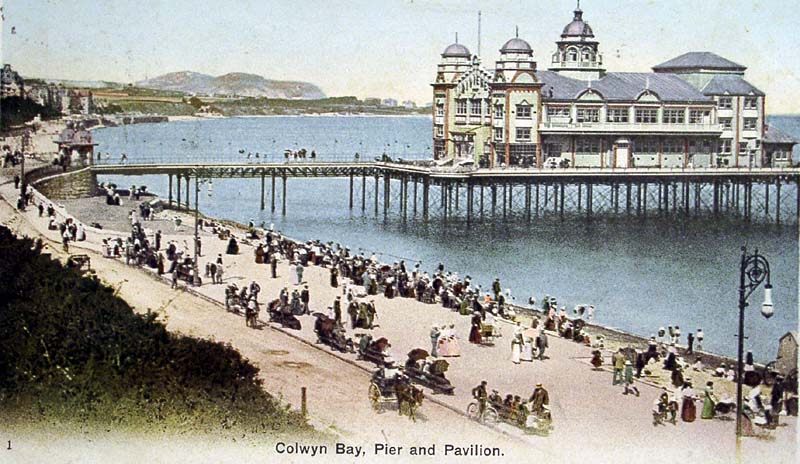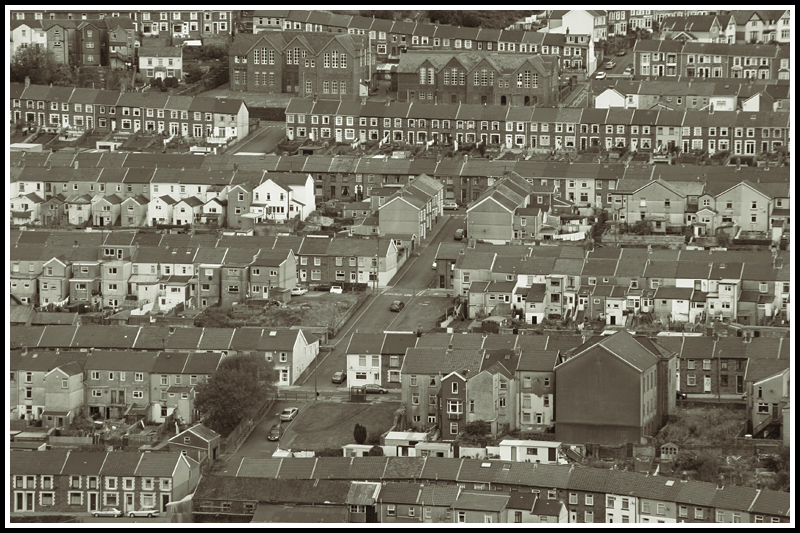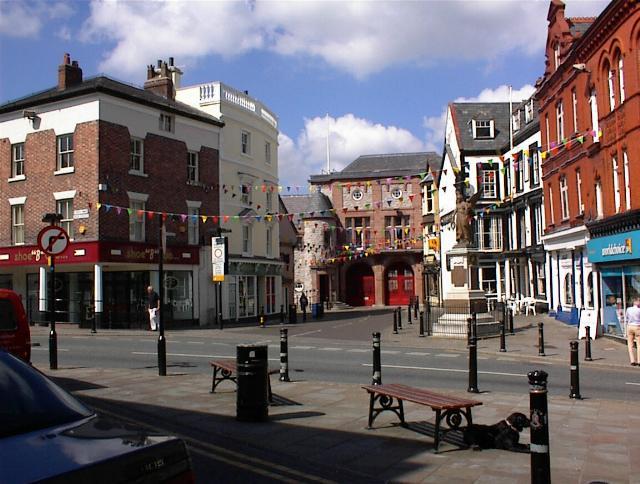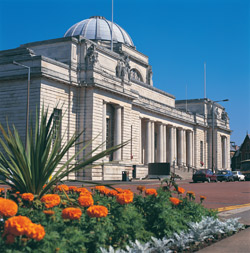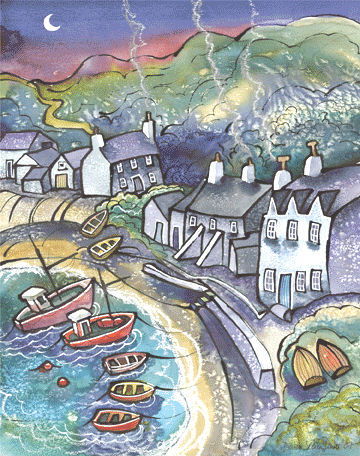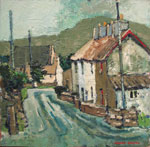Gauguin
&
In the period
around 1889, Paul Gauguin overwhelmingly incorporated his own figure into
religious paintings. There are a handful of paintings that follow this trend,
such as The Vision After the Sermon: Jacob Wrestling with the Angel,
Self-Portrait: Les Miserables, oSelf-Portrait with Yellow Christ and
Self-Portrait with Halo.In these paintings Gauguin initially portrays himself
as a believer and then as a martyr, Christ, and the devil. Naturally this trend
in his art for some another instance of folly of this deranged personality
calls for an interpretation. Ziva Amishai-Maisels, in her masterly thesis Gauguin’s Religious Themes of 1969, goes into
a profound and comprehensive examination of all of the artistâ?Ts religious
works. In the introduction to her analysis of this particular set of paintings,
she asserts that â?othey express ideas that relate both to his own misfortunes
and to nineteenth-century theories on art and on the artist’s function in
society(Amishai-Maisels 72). With this, Amishai-Maisels explains the appearance
of the self-portraits in terms of the artist’s philosophy about life and art
tying them in to events in his life, but unfortunately she fails to see the
doctrine of Theosophy which would have been familiar to Gauguin, as a force
behind them. On the other hand, Thomas Buser in an article published in 1968
had declared Gauguin a theosophist, but with a focus on later paintings,
entirely disregarding this particular set of religious works. These paintings,
however, can also be interpreted within the spirit of Theosophy. By looking at
the paintings mentioned above we can see a corresponding gradual acceptance of
Theosophy on the part of Paul Gauguin, which previous art historians have
always failed to see. This novel reading is important not only because it
offers an explanation of the influences under which Gauguin painted, but also
because these influences may be the roots of 20th century modern art.
The
appearance of Theosophy after the 1880s coincided with the start of Gauguin's mature
period. Gauguin's art, however, is not the only instance in which the creation
of art has been driven by the theosophical beliefs of the artist. In the 20th
century artists like Vasily Kandinsky and Piet Mondrian, and also Kazimir
Malevich, Jackson Pollock and Paul Klee are known to have been influenced, to
some extent by theosophy. This influence is most commonly associated with the
former two. According to the Grove Dictionary of Art, Vasily Kandinsky was
particularly interested in Theosophy as a means of "apprehending inner
values". This means that Kandinsky, like Gauguin, appreciated the
spiritual insight that Theosophy promised and aspired to become an initiate.
According to the same source, he became familiar with the work of the major
Theosophical writers like Mme Blavatsky, who originally conceived of Theosophy,
and Charles Leadbeater, who wrote the book on it. His famous thesis on
Abstraction, a classic work that has been studied for many years, is
"replete with theosophical references and theories". Piet Mondrian,
during the period of his career when he was experimenting with abstraction,
went even further than Kandinsky, by becoming a member of the Theosophical
Society. His art of this period is characterized by "the dominance of spirit
over matter".
Try these links for
more info about Theosophy
Cardiff Theosophical Society meetings
are informal
and there’s always a cup of tea afterwards
The Cardiff Theosophical Society Website
The
National Wales Theosophy Website
Theosophy Cardiff’s Instant Guide to Theosophy
Theosophy Cardiff’s Gallery of Great Theosophists
Dave’s Streetwise Theosophy Boards
The Theosophy Website that welcomes
If you run a Theosophy Study Group,
please
feel free to use any material on this
Website
Independent Theosophy Blog
The Most Basic Theosophy
Website in the Universe
A quick overview of Theosophy
and the Theosophical Society
If you run a Theosophy Study Group you
can use this as an introductory handout.
One liners and quick explanations
About aspects of Theosophy
The Voice of the Silence Website
An
Independent Theosophical Republic
Links
to Free Online Theosophy
Study
Resources; Courses, Writings,
The main criteria
for the inclusion of
links on this
site is that they have some
relationship
(however tenuous) to Theosophy
and are
lightweight, amusing or entertaining.
Topics include
Quantum Theory and Socks,
Dick Dastardly and Legendary Blues Singers.
An entertaining introduction to Theosophy
For everyone everywhere, not just in Wales
It’s all “water
under the bridge” but everything you do
makes an imprint
on the Space-Time Continuum.
A selection of
articles on Reincarnation
Provided in
response to the large number
of enquiries we
receive on this subject
No
Aardvarks were harmed in the
The Spiritual Home of Urban Theosophy
The Earth Base for Evolutionary Theosophy
The Birmingham Annie Besant Lodge
_________________________
The Theosophy Cardiff Guide to
The Theosophy Cardiff Guide to
The Theosophy Cardiff Guide to
The Terraced Maze of Glastonbury Tor
Glastonbury and
Joseph of Arimathea
The Grave of King Arthur & Guinevere
Views of Glastonbury High Street
The Theosophy Cardiff Guide to
_____________________
Camberley Surrey England GU15 2LF
Tekels Park to be Sold to a Developer
Concerns are raised about the fate of the wildlife as
The Spiritual Retreat, Tekels Park in Camberley,
Surrey, England is to be sold to a developer
Tekels Park is a 50 acre woodland
park, purchased
for the Adyar Theosophical Society in England
in 1929.
In addition to concern about the
park, many are
worried about the future of the Tekels Park
Deer
as they are not a protected species.
Confusion as the Theoversity moves out of
Tekels Park to Southampton, Glastonbury &
Chorley in Lancashire while the leadership claim
that the Theosophical Society will carry on
using
Tekels Park despite its sale to a developer
Anyone planning a “Spiritual” stay at
the
Tekels Park Guest House should be
aware of the sale.
Future
of Tekels Park Badgers in Doubt
Magnificent
Tekels Park to be Sold to a Developer
Tekels Park & the Loch Ness Monster
A Satirical view
of the sale of Tekels Park
in Camberley,
Surrey to a developer
The Toff’s Guide to the Sale of Tekels Park
What the men in
top hats have to
say about the
sale of Tekels Park
_____________________
A B C D EFG H IJ KL M N OP QR S T UV WXYZ
Complete Theosophical Glossary in Plain Text Format
1.22MB
___________________________
Classic Introductory
Theosophy Text
A Text Book of Theosophy By C
What Theosophy Is From the Absolute to Man
The Formation of a Solar System The Evolution of Life
The Constitution of Man After Death Reincarnation
The Purpose of Life The Planetary Chains
The Result of Theosophical Study
_____________________
Preface to the American Edition Introduction
Occultism and its Adepts The Theosophical Society
First Occult Experiences Teachings of Occult Philosophy
Later Occult Phenomena Appendix
Try these if you are looking for
a
local Theosophy Group or Centre
UK Listing of Theosophical Groups
General pages
about Wales, Welsh History
and The History
of Theosophy in Wales
Wales is a
Principality within the United Kingdom
and has an eastern
border with England.
The land area is
just over 8,000 square miles.
Snowdon in North
Wales is the highest mountain at 3,650 feet.
The coastline is
almost 750 miles long.
The population of Wales as at the 2001 census
is 2,946,200.
_______________________________
Cardiff, Wales, UK, CF24 – 1DL.
_____________________________
Theosophical
Movement in Wales
Mystery Benefactor Boosts Theosophy
in Bangor, Conwy & Swansea 2009
____________________________
Cardiff
Theosophical Society in Wales
Cardiff, Wales, UK.
CF24 – 1DL
_________________
Wales Picture Gallery
The
Great Orme
Llandudno
Promenade
Great
Orme Tramway
New
Radnor
Blaenavon
Ironworks
Llandrindod
Wells
Cardiff
Theosophical Society in Wales
Cardiff, Wales, UK.
CF24 – 1DL
Presteigne
Railway
Caerwent Roman Ruins
Denbigh
Nefyn
Penisarwaen
Cardiff
Theosophical Society in Wales
Cardiff, Wales, UK.
CF24 – 1DL
.
